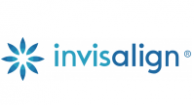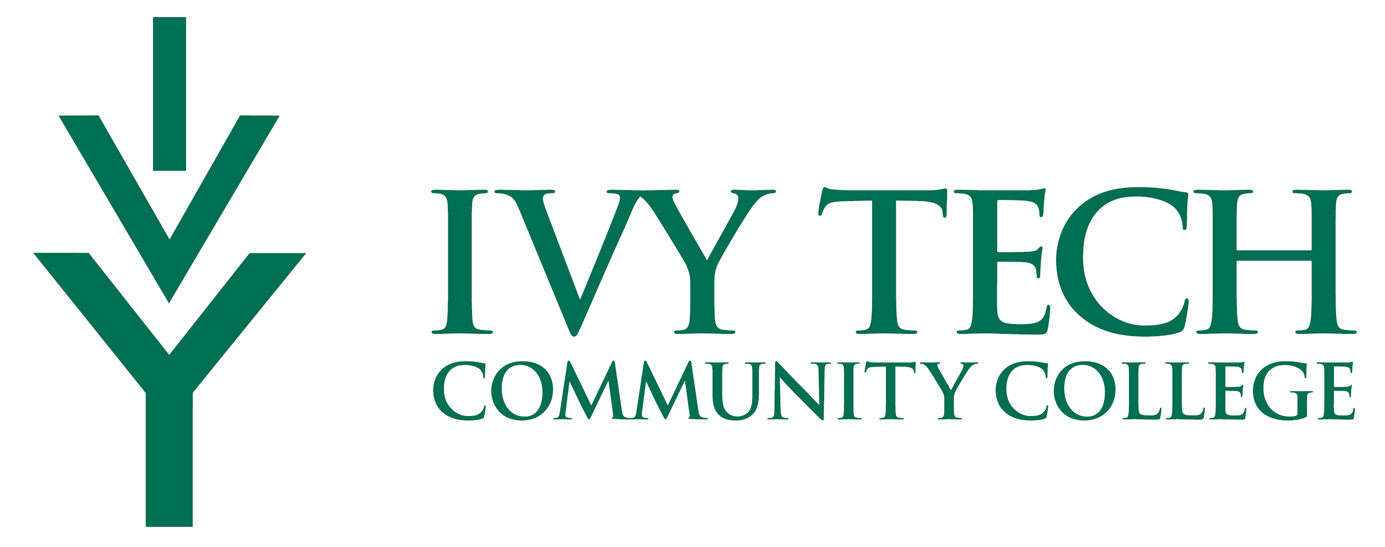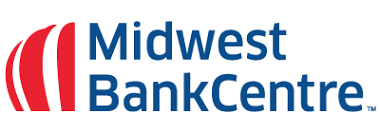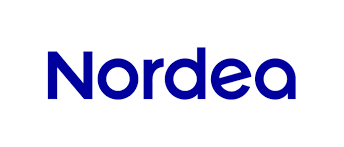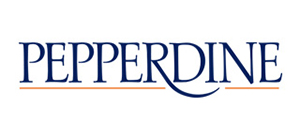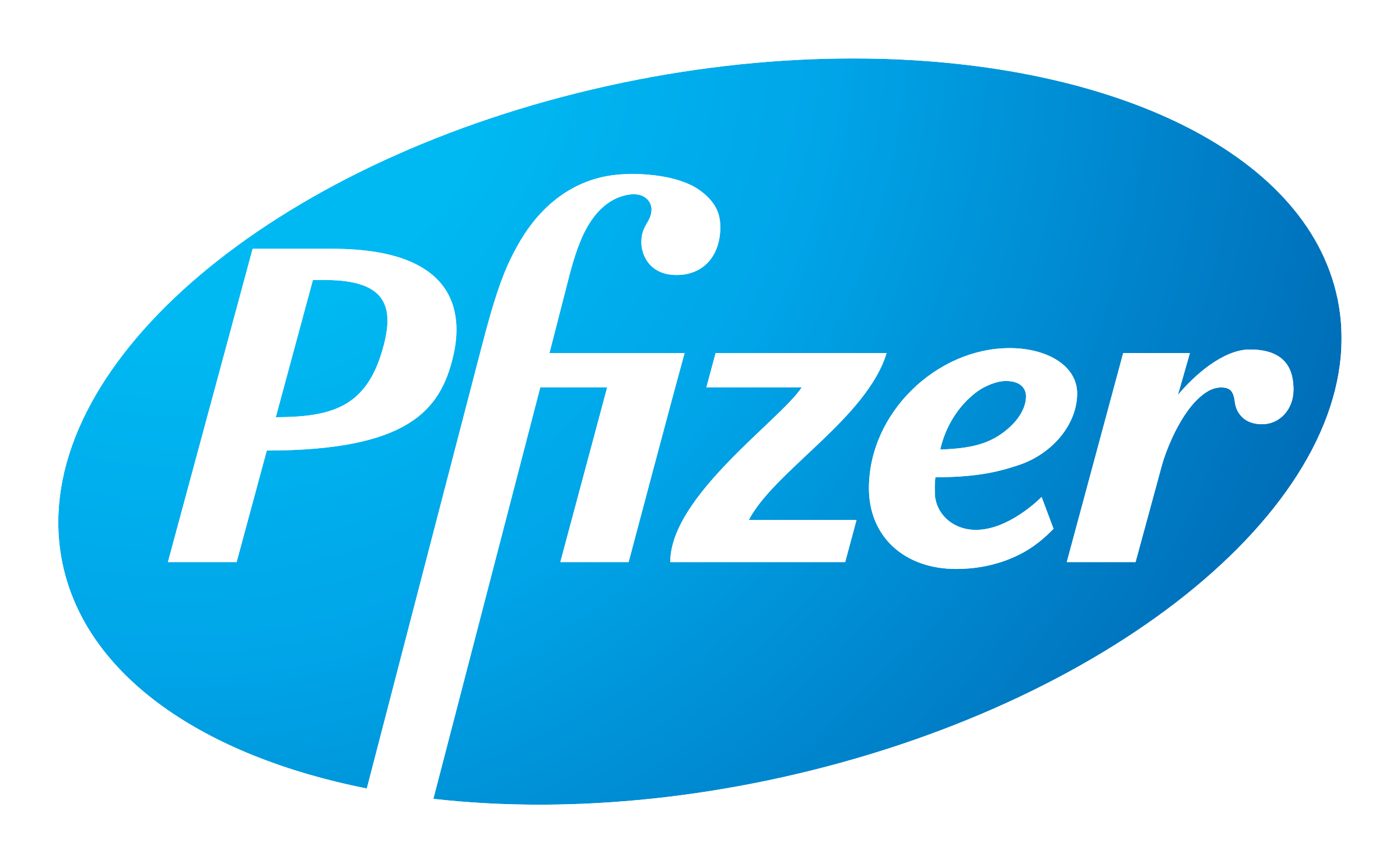Can You Find Programmed &. Non-Programmed Problems?
Check your assumptions at the innovation door.
Can You Find Programmed &. Non-Programmed Problems ?
Introduction
There are two very different kinds of problems people encounter in business, industry and their personal lives.
The first kind is of a more “programmed” nature.
In these situations, solutions are found by applying what was learned from rigorous on-the-job training or professional schooling. They require analytical skills and knowledge of rules and procedures pre-designed to handle similar situations.
The second kind are more “non-programmed.”
Non-programmed problems often have never been encountered before and have no pre-set rules and procedures to guide their handling. They are sometimes caused by changing circumstances.
Such problems are typically less structured, unpredictable, and ambiguous as to “what is wanted.” Solutions require additional skills such as problem sensing and defining, open ended fact finding, and creating and selecting from brand new diverse options. They require the use of imagination, non-linear thinking and some risk-taking. The main challenge is to discover and define “what is wanted” because nobody really knows. Often sensing and defining the problem is more difficult than solving it.
Skills in both of the above kinds of problems are vital for effective performance. However, our traditional formal training and education primarily address the former, the more “programmed” kind of problems. We tend to learn formulas and turn to handbooks for advice on problem “types,” rules, and procedures.
More training in complex, non-programmed problem solving is needed in today’s world. The following is an excerpt from an address by an officer of a major corporation to a prestigious high school faculty. He articulates the gap in our formal education, which the Simplexity creative problem solving process attempts to fill.
STORY: Prestigious High School Faculty
In a keynote address, a corporate executive urged a prestigious high school faculty to prepare their students for the uncertainty they will face in their future working lives. “In business — and in industry, government, and institutions — in the world outside this campus, nobody defines your assignment. And you almost never get a grade. There are rewards for a job well done — raises, perquisites, eventual prestige and position; but those come with less frequency, perhaps, than they do in school. This can provoke frustration, particularly in younger people unfamiliar with the anxiety of navigating uncharted territory without specific and certain directions and in the face of continual, accelerating change. Please help your students learn how to find out what to do by themselves. Help them learn how to operate independently.”
Organizations whose main virtues during previous times were predictability and reliability are finding it difficult to adapt to this increasingly dynamic environment. In previous decades, the role of the manager was to improve efficiency and maximize the next quarter’s results. Those goals required routine-based, analytical thinking and decision- making. These skills were widely taught in most business and engineering schools and universities, and were rewarded and reinforced in most organizations. But while still valuable, an organization’s efficiency is now recognized as only one half of the formula for success in today’s shifting economy.
The other half of the success formula demands that organizations develop proactive adaptability skills 2,3.
Efficiency means perfecting routines in order to attain the highest quantity and quality for the lowest possible cost. On the other hand, adaptability means continually and intentionally changing routines and finding new things to do and innovative ways to do current work.
Adaptability means scanning the environment 4 to anticipate new problems, trends, customer needs, and opportunities, and then deliberately changing methods in order to attain new levels of quantity, quality, and cost and new innovative methods, products, and services.
To develop adaptability and build a competitive edge, entrepreneurs must expand their thinking to include non-routine based, imaginative creative thinking and problem solving skills.
Ready To Drive Change?
You’re an innovator. You just don’t know it yet. Let us show you how.
Understand your individual and team innovation style
Learn more about our innovation programs.
Contact us to drive more innovation in your teams.















